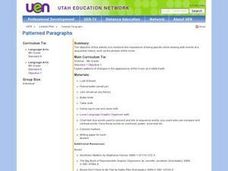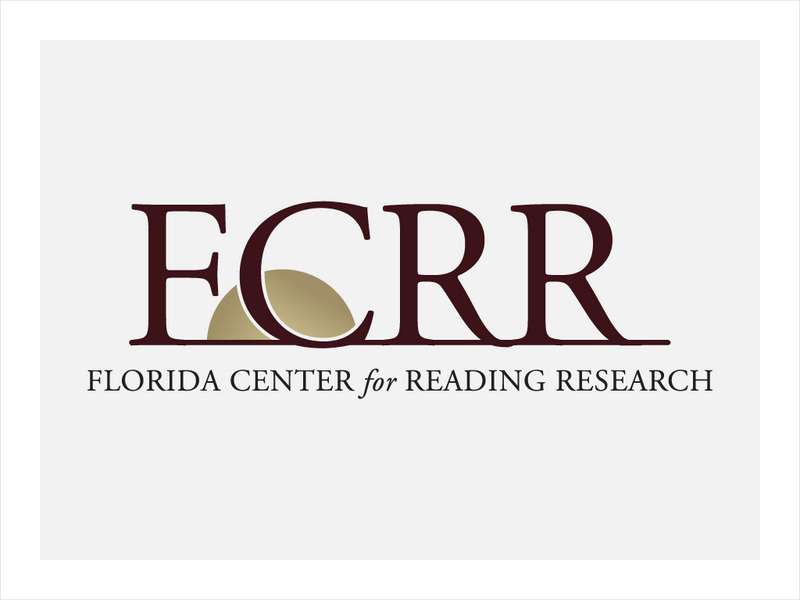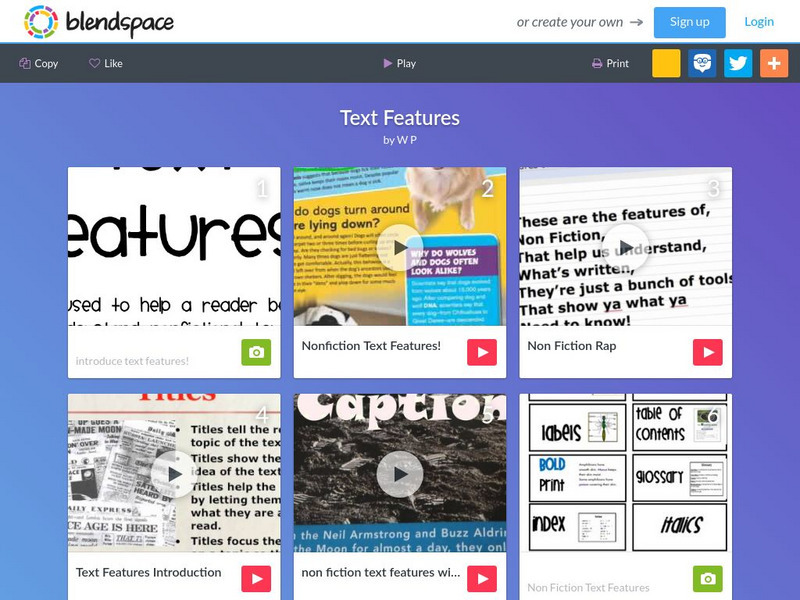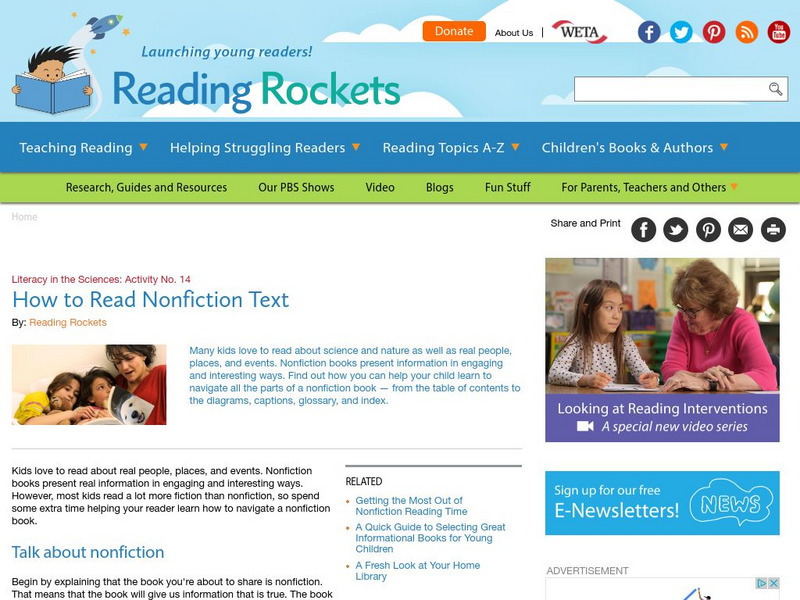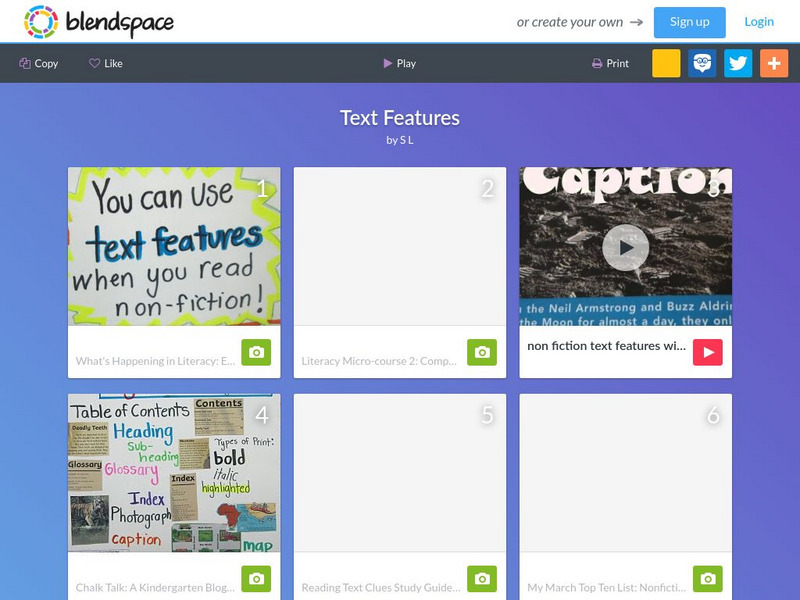Curated OER
Which Came First?
Pupils examine the significance of the Louisiana Purchase and the journey of Lewis and Clark. They sequence events that occurred on the journey of Lewis and Clark.
Curated OER
Where the Red Fern Grows: A 4th Grade Literary Focus Unit
Fourth graders explore the human and animal connection along with the idea that death is a part of the life cycle. They read "Where the Red Fern Grows." Students examine the feelings and emotions surrounding death and they discover the...
Curated OER
Interesting Idioms
Pupils are introduced to the topic of idioms in figurative speech. Using the definition of idioms, they use literature to view examples. They identify idioms in different forms of writing and practice using them in speech. ESL classrooms...
Curated OER
Beyond Louisiana
Eleventh graders examine the challenges that faced United States as a new nation. In this American History lesson, 11th graders study the chronology of events leading up to the expedition of Lewis and Clark. Students organize...
Curated OER
Louisiana Cinquains
Students enhance their understanding of parts of speech by writing a cinquain poem about Louisiana. In this cinquain poem lesson, students read example cinquain poems and study the format for a cinquain poem. Students create a class poem...
Curated OER
Learning the Component and Information Found in the Newspaper
Fifth graders work in a group to identify and reference the index, front page, metro page, state and local pages, as well as the sports, comics and classifieds in the newspaper 90% of the time during the game of "Identifying and...
Curated OER
Patterned Paragraphs
Students reinforce the importance of being specific while dealing with events of a sequential nature, such as the phases of the moon.
Curated OER
Diaries From the Holocaust
Sixth graders find similarities and differences in two different diary entries. In this Holocaust history meets literary skills lesson, 6th graders read the diary of a soldier or prisoner from the the Auschwitz concentration camp and...
Curated OER
Seeing Is Believing
Students research and describe the stories of Thomas Jefferson, Meriwether Lewis and William Clark. They analyze historical sources from different points of view and present an analysis of two historical contexts.
Curated OER
Beneath the News: Who's Doing What to Whom, and Who Cares?
Students investigate the differences between various forms of media (print, radio, TV, Internet). They determine the target audience for each and compare exposure around the world. They write a short story and share it with the class.
Curated OER
Writing Directions for Mathematical Activities
Fifth graders reorganize comic strips to have them make sense, complete outline and organize their thoughts into outline form to explain directions,
and use that outline to complete their own directions for geometry activities.
Curated OER
Postcards from the Past
Students create postcards from the past by summarizing a historical event. Then they design illustrations for their postcards and send them off to another teacher at their school.
Quizlet
Quizlet: Non Fiction Text Features 3rd Grade Test
Text feature terms are included in this assessment. This test assesses the following text feature terms: map, table of contents, index, bold words, caption, timeline, heading, and glossary. Images of the text feature terms are included....
British Library
British Library: 19th Century Non Fiction Texts: Work & Welfare
This thematic collection will allow students to read and understand 19th-century non-fiction texts, and support them in identifying key features for a range of genres, audiences, and purposes. Each source is accompanied by original...
British Library
British Library: 19th Century Non Fiction Texts: Gender, Behaviour & Etiquette
This thematic collection will allow learners to read and understand 19th-century non-fiction texts, and support them in identifying key features for a range of genres, audiences, and purposes. Each source is accompanied by original...
British Library
British Library: 19th Century Non Fiction Texts: Education
This thematic collection will allow students to read and understand 19th-century non-fiction texts, and support them in identifying key features for a range of genres, audiences, and purposes. Each source is accompanied by original...
British Library
British Library: 19th Century Non Fiction Texts: Crime & Punishment
This thematic collection will allow students to read and understand 19th-century non-fiction texts, and support them in identifying key features for a range of genres, audiences, and purposes. Each source is accompanied by original...
Florida Center for Reading Research
Florida Center for Reading Research: Exp. Text Structure: Text Feature Find
A lesson plan in which students look through a book to find various text features including: a table of contents, sequence and format, charts/graphs/maps, diagrams/graphics/illustrations, print variations, an index, and a glossary....
TES Global
Blendspace: Text Features
A nine-part learning module with links images and videos for use while learning about nonfiction text features.
ReadWriteThink
Read Write Think: Comprehending Nonfiction Text on the Web
Contains plans for three lessons designed to improve comprehension of nonfiction, especially nonfiction texts on the web. It focuses on identifying text features, locating specific information, and generalizing that information. In...
Quizlet
Quizlet: Nonfiction Text Features 3rd Grade Flashcards
Text feature terms (nonfiction) are included in this review exercise Flashcards are provided for the following words: map, table of contents, index, bold words, caption, timeline, heading, and glossary. Images of each of these text...
South Carolina Educational Television
Know It All: Non Fiction Text Features
Fifth graders will use non-fiction books to identify and explain how text features help them as individual readers.
Reading Rockets
Reading Rockets: How to Read Nonfiction Text
Kids love to read about real people, places, and events. Nonfiction books present real information in engaging and interesting ways. However, most kids read a lot more fiction than nonfiction, so spend some extra time helping your reader...
TES Global
Blendspace: Text Features
A six-part learning module with links to images, graphic organizers, and a video on recognizing text features in nonfiction texts.








